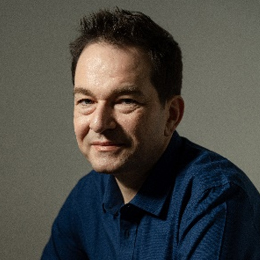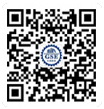
Prof. Kim Gerdes
Professor of Natural Language Processing at Paris-Saclay University
Short Bio
Kim Gerdes, holding a background in philosophy and mathematics, obtained a Master's in Mathematics from the University Paris-Sud and École Polytechnique, a PhD in Linguistics from the University of Paris-Cité, and a habilitation from the University Paris-Nanterre. Previously an Associate Professor of Computational Linguistics at Sorbonne Nouvelle, he now serves as a full Professor of Natural Language Processing at Paris-Saclay University, France, where he led the AI track of the computer science master's program. The Paris-Saclay University, formerly known as University Paris-Sud, holds the distinction of being the highest-ranked European Union university in the Shanghai Jiao Tong University's Academic Ranking of World Universities (ARWU). Throughout his career, Kim Gerdes has focused on Natural Language Generation, generative models, and syntactic analysis of non-standard language. In 2011, he co-founded the international Dependency Linguistics conference series (depling.org) and has played a pivotal role in leading or co-directing numerous natural language processing projects. These projects resulted in the creation of the first syntactically annotated corpora for spoken French, Nigerian Pidgin, spoken Mandarin, and Cantonese. Between 2010 and 2013, Gerdes was an invited researcher at the University Pompeu Fabra in Barcelona, the Chinese Academy of Sciences' Institute of Pattern Recognition in Beijing, and the Xi'an Jiaotong University. He has been the (co-)editor-in-chief of 11 books, authored 6 book chapters, published 7 academic journal papers, and over 60 international conference papers, with an h-index of 20. Currently, Kim Gerdes leads technology development at the start-up project Qatent (https://qatent.com), which focuses on developing intelligent software for invention patent authoring at the intersection of Machine Creativity and sequence-to-sequence models for text generation.





 Ms. Chen E-mail: sfee@sjtu.edu.cn
Ms. Chen E-mail: sfee@sjtu.edu.cn
